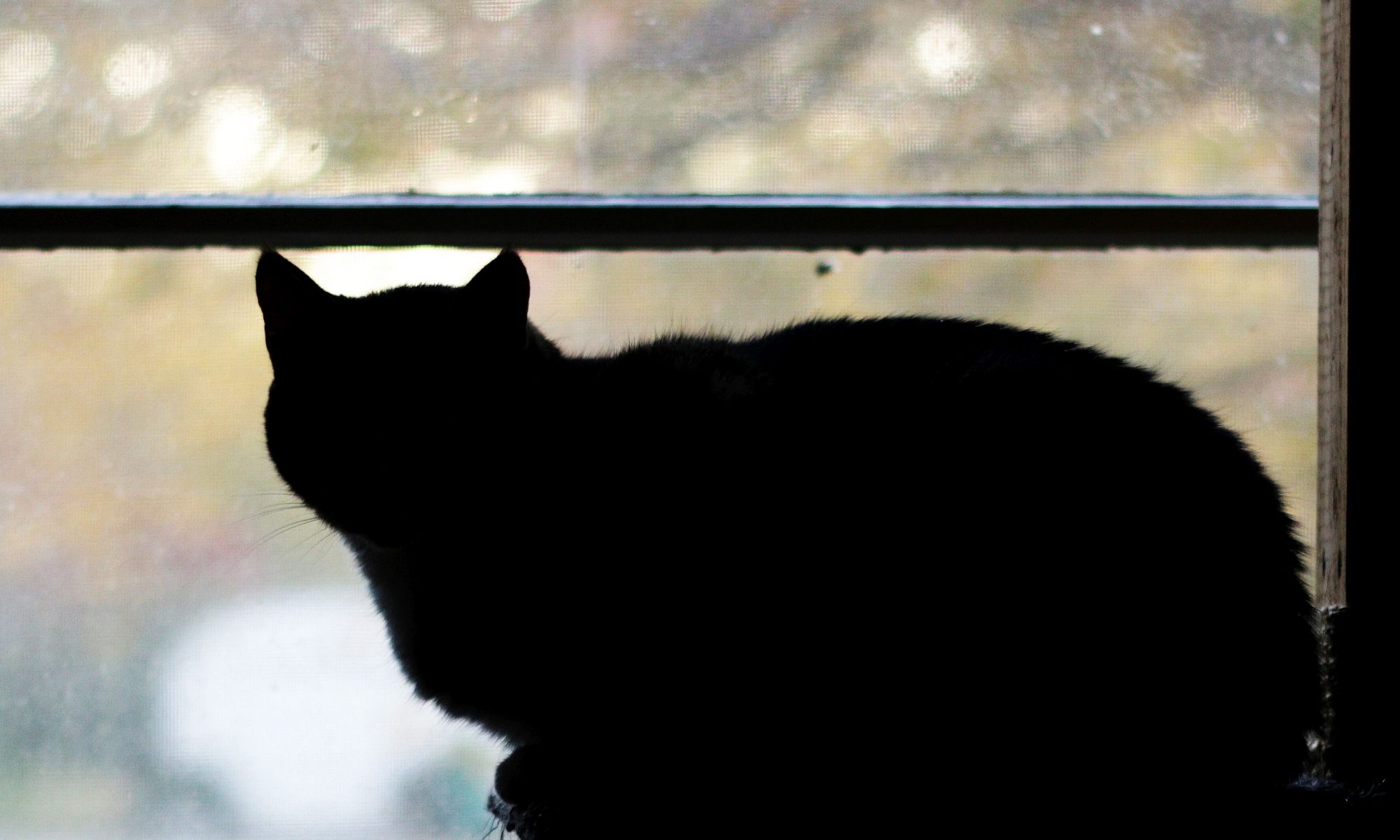So…you want to join the ranks of the cool kids and buy a camera? Great! Let’s assume that you have about $700-$750 to spend, as I did when I got my first fancy camera. What camera should you get with this budget?
A solid answer depends on what you want to do and how skilled you already are. If you want a solid all-around camera that is good for both beginners and experts, the Panasonic G7 is a great choice. The G7 with 14-42mm stabilized kit lens is frequently on sale for $500 and the extra $200 can be spent on another lens such as the Panasonic 45-150mm stabilized telephoto or the Panasonic 25mm f/1.7 which is an amazing and sharp lens that is especially good for low-light situations.
Why the Panasonic G7 instead of a Canon or Nikon entry-level DSLR? Size, weight, cost, and advanced features. While Canon and Nikon DSLRs are great and may have better overall image quality (I have owned a Canon T1i and T6i myself), they are more expensive than a G7, they are way less convenient to haul around, and they are somewhat crippled in the features department. The G7 with kit lens feels like it weighs nothing compared to any Canon or Nikon DSLR and it is a significantly smaller camera, both in body and lenses. Paired with a holster bag that you throw over your shoulder, it’s easy to forget you’re even carrying a nice camera at all. There are several great lenses available for lower prices on the micro four-thirds system than comparable lenses on Canon/Nikon lens systems. The G7 shoots professional-quality 4K video while no Canon or Nikon below multiple thousands of dollars does that. The G7 has time-lapse photography (aka a built-in intervalometer), focus peaking for better manual focusing, overexposure zebras, a faster continuous shooting rate, much better controls (the two top dials and extra function buttons make a big difference) and the batteries last longer because the smaller sensor requires less power to use. After using my G7 for a week, I declared that I would throw my Canon in a river if I was forced to choose between the two cameras.
There are downsides, primarily related to the smaller sensor size, but unless you’re getting paid for your photos, you won’t really care about the small amount of added noise. Good photography/videography skills will make the smaller sensor mostly irrelevant and the upside greatly outweighs the downside. If you go professional with your photography then you’ll want to buy an expensive full-frame camera, but until then, don’t worry about sensor size and get the tool that empowers you the most.
If you want to see proof that skill is far more important than hardware, look up the DigitalRev series “Pro Photographer, Cheap Camera,” especially the Philip Bloom and The Strobist episodes (both are embedded below for your convenience.) You will be amazed what two literal toy cameras can produce in skilled hands.

